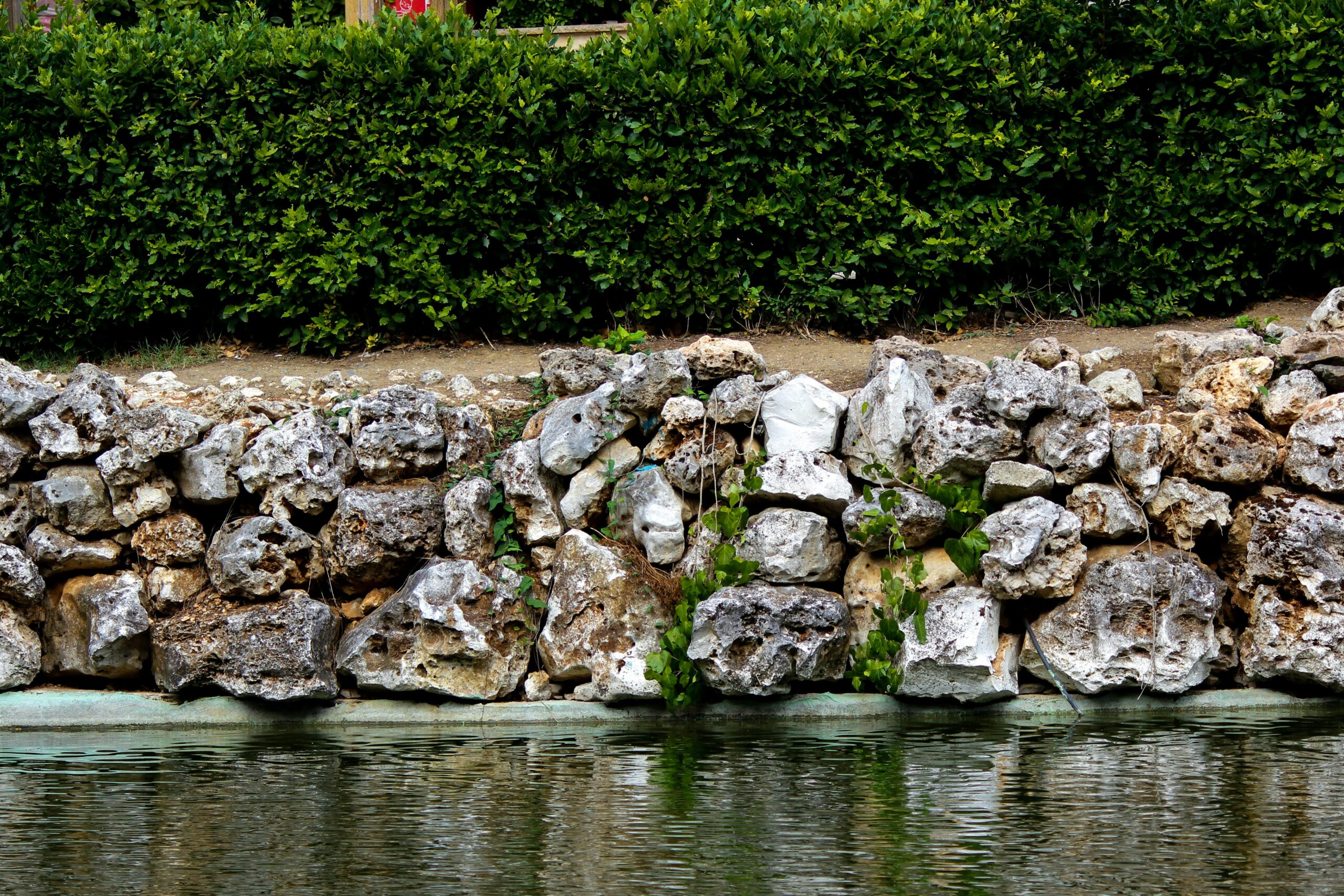
Retaining walls are essential structures that serve both functional and aesthetic purposes. They help control erosion, provide support for sloped landscapes, and create usable space on uneven terrain. However, like any structure, retaining walls are not immune to wear and tear. Over time, they may show signs of damage that indicate the need for repair or replacement. Ignoring these signs can lead to more significant problems, including structural failure and costly repairs.
In this blog post, we’ll explore the common signs that your retaining wall needs attention and what to do if you notice any of these issues.
Cracks are one of the most noticeable signs that your retaining wall may need repair. Small hairline cracks might seem harmless, but they can allow water to seep into the wall’s structure, weakening it over time. Larger cracks, on the other hand, indicate that the wall is under significant stress and may be on the verge of failure.
If you notice cracks, it’s essential to address them as soon as possible. Consult a professional to assess the extent of the damage and determine whether a repair or replacement is necessary.
A retaining wall that is bulging or leaning outward is a clear sign of structural distress. This issue occurs when the wall is unable to withstand the pressure exerted by the soil behind it.
A leaning or bulging wall is a serious problem that requires immediate attention. Temporary bracing might prevent further movement, but a professional inspection will determine whether the wall can be repaired or needs to be rebuilt.
Proper drainage is critical for the longevity of a retaining wall. If water is pooling or seeping through the wall, it’s a sign that the drainage system is failing. Over time, water buildup can increase the pressure on the wall, leading to cracks, bulging, or collapse.
Improving the wall’s drainage system is essential to prevent further damage. This may involve adding weep holes, installing drainage pipes, or replacing the gravel backfill.
If you notice soil washing away from the base or top of your retaining wall, it’s a sign that erosion is compromising its stability. Erosion can weaken the wall’s foundation and reduce its ability to support the soil behind it.
Addressing erosion may involve regrading the surrounding area, installing erosion control measures, or reinforcing the base of the wall.
If your retaining wall was built close to other structures, such as a driveway, patio, or building, any noticeable gaps or separation could indicate a problem. This issue often results from shifting soil or an unstable foundation.
A structural assessment can determine whether the wall or the adjacent structure is causing the issue. Repairs may involve stabilizing the foundation or rebuilding portions of the wall.
If your retaining wall is made of wood, it’s especially vulnerable to rot and decay over time. Signs of deterioration include:
Wood retaining walls typically have a shorter lifespan than those made of concrete or stone. If you notice significant rot, it may be time to replace the wall with more durable materials.
A retaining wall that has partially collapsed or has missing sections is no longer functional and poses a safety risk. This issue often indicates severe structural failure caused by prolonged neglect or extreme pressure.
Collapsed walls usually require complete replacement. Consult a professional to design and build a new wall that meets your property’s needs and adheres to modern construction standards.
Deciding whether to repair or replace a retaining wall depends on several factors, including:
Minor issues, such as small cracks or drainage problems, can often be fixed without replacing the entire wall. Reinforcing the wall or improving drainage may be sufficient.
If the wall has significant structural damage, is leaning or bulging severely, or has reached the end of its lifespan, replacement is likely the best option. A new wall will provide a fresh start and ensure long-term stability.
Your retaining wall plays a crucial role in maintaining the integrity of your landscape and preventing erosion. By keeping an eye out for signs of damage, you can address problems early and avoid costly repairs or potential safety hazards. Whether your wall needs minor repairs or a complete replacement, working with an experienced professional ensures that your retaining wall remains functional, safe, and visually appealing for years to come.
At Regal, we specialize in retaining wall repair and installation. Our team is here to help you assess your wall’s condition and recommend the best course of action. Contact us today to schedule a consultation and protect your property from the dangers of erosion and structural failure.